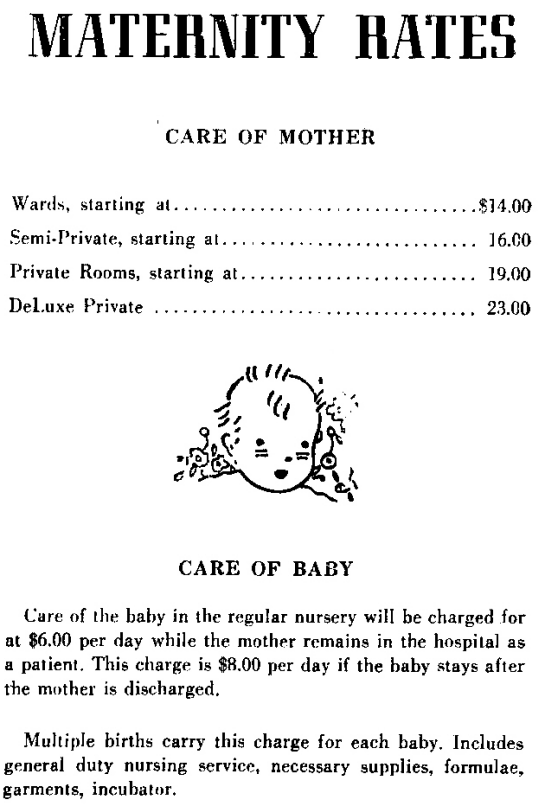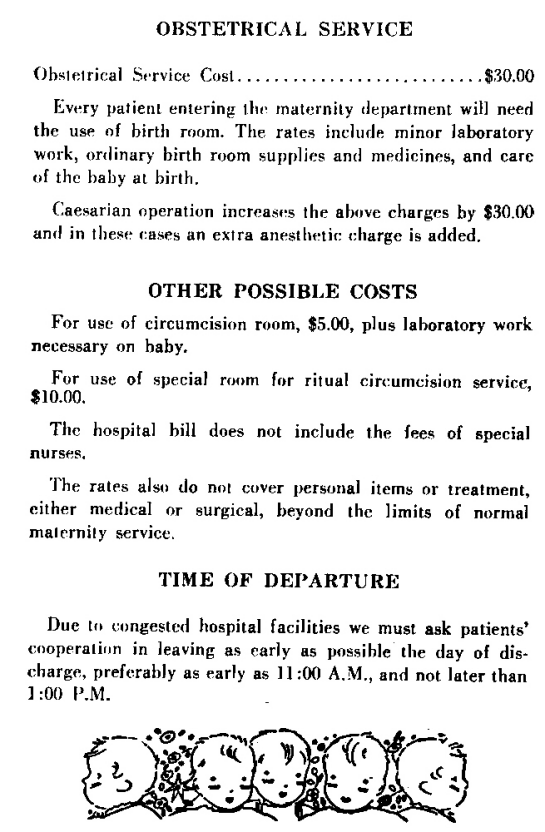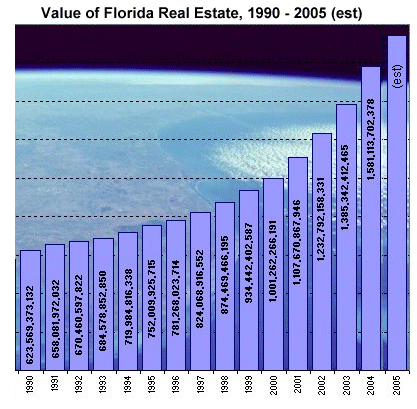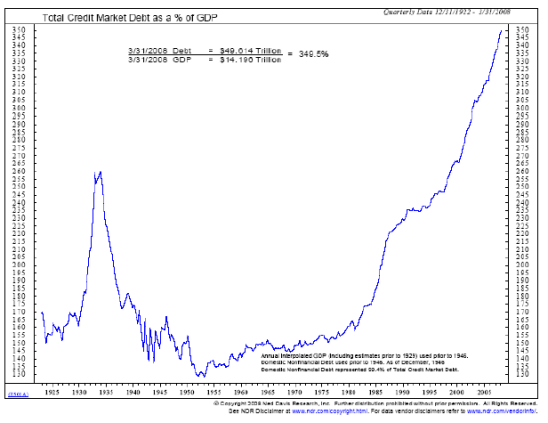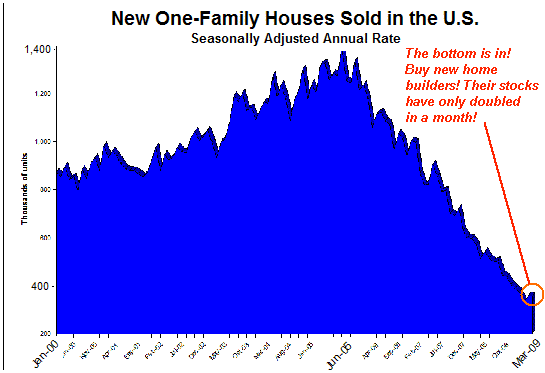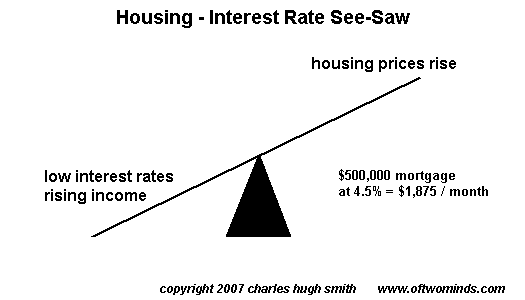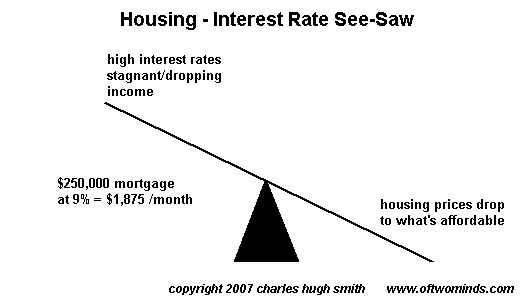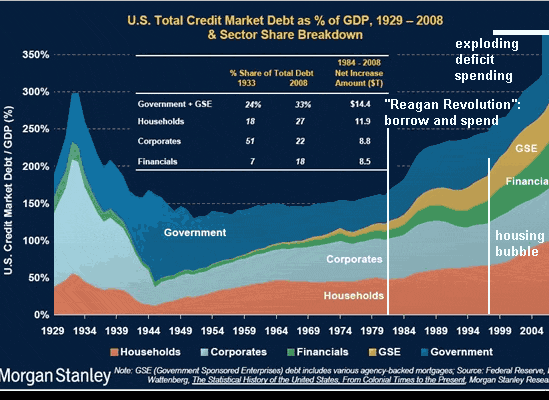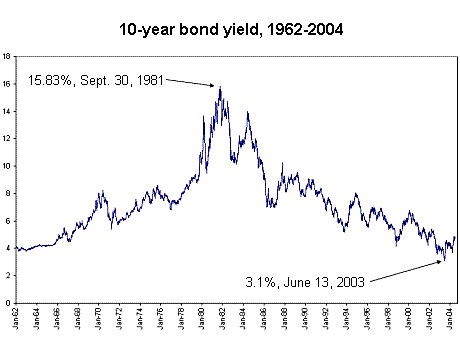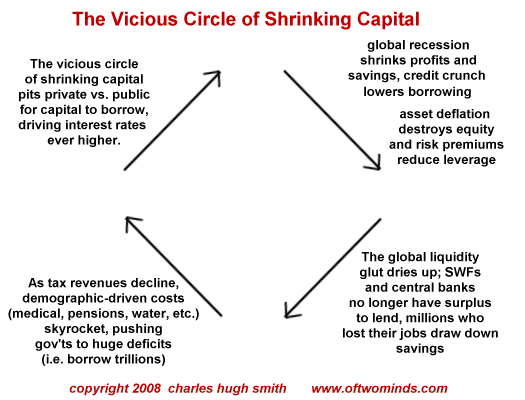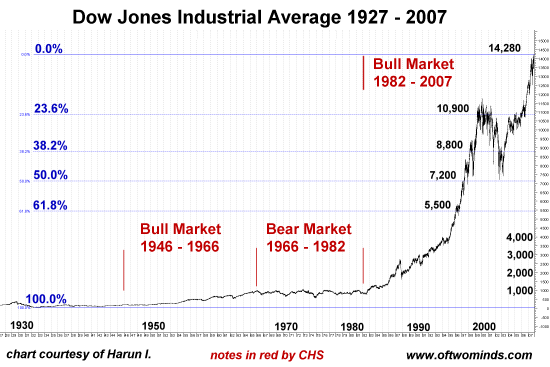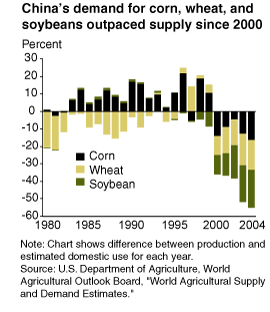More on the "Impossible" Healthcare Solution
Readers checked in with diverse responses to this week's entry on The "Impossible" Healthcare Solution: Go Back to Cash Frequent contributor Michael Goodfellow provides an excellent summary of Obama's healthcare "reform" (read, "more of the same only with more transactional churn, more bureaucracy, more penalties and more waste"), and columnist Walt Cook's column concludes today's entry. This is a huge topic, so please read each commentary. I responded to Mark A.'s insightful critique, otherwise I stay in the peanut gallery today. Yes people once actively shopped for medical care based upon price and perceived level of service. Imagine that! Now it is all but impossible to do so. A token co-pay is all most are really aware of. The argument that everyone should receive the best possible healthcare regardless of ability to pay is utopian nonsense. Actual healthcare is quite valuable but the actual costs are hidden from the end user to support a bureaucratic "industry." Having the government pay for it (by taxing the rich?) appeals to basic human nature but largely defies logic. Our whole society seems to have these flawed incentives and entitlement attitudes. Maybe we ARE all collectively deranged. "We have Paleolithic emotions, medieval institutions, and godlike technology - a dangerous combination." Certainly our institutions can change and adapt but they tend to exploit the individual's irrationality of emotions through confusion/ obsfucation and fine print. Human emotion we view as a relatively fixed concept - the primal "old brain" portion of animal instincts. But can this evolve over time and the experience of generations? I'm not sure but I hope so. I think it may require a huge societal change in attitude. Also, I agree completely that the system will collapse and not as far into the future as most of us like to think. The system is crashing now and there's no public or political will or concensus to bring about true reform, so we have to assume that what we'll get is an unmanaged collapse, better known as a crash. The health insurance companies may be the next bubble to burst. There is another example I like to use which contrasts the stupidity of our present government/insurance system (I say government because the HMO rules came into being by an act of Congress in the 1970s) and that is that we buy home and auto insurance for catastrophic and non-routine circumstances yet we do not do this for health care. It would be akin to having insurance for minor things such as a pump failure on an AC unit or the replacement of a part of a toilet. If we carried catastrophic coverage and paid cash for everything else, costs would come down for the reasons you stated. Your article is even more noteworthy because I realize that you also have an affinity for socialism under certain circumstances. Congressmen Ron Paul was delivering babies in TX as an MD prior to the 1970s health care changes and stated that nobody was ever turned away from their hospital and nobody went to the emergency room for routine visits as happens today. One huge advantage would be that it would eliminate all the hands dipping into the health care pot which contribute nothing to health care - medical billing companies, health insurance companies, and government workers running Medicare and Medicaid. The next is, the idea of actually being paid when you provide a service is attractive. To give you an example of the runaround us docs get - I started a new part-time job in a clinic last October. I have a Medicare "provider number". That number is "assigned" to wherever I work so they can collect Medicare payments under their name (the clinic pays me a fair rate per hour). Well, the clinic's billing person applied to have my Medicare number assigned to them - and it hasn't happened YET. That means that they have to withhold billing, and don't get paid for all the Medicare patient's I've seen until someone in government gets off their duff and makes this change - which I'm sure takes all of five minutes. Third, I have always been frosted when relatively poor people bring their baby, or mom in for care, pay nothing, and nobody can collect anything from them because they "have no money". You are right, they all have cell phones. Here, I would gladly take payment in kind, and I know just what I want! Someone to mow my yard (it is a miserable job in the Florida heat and humidity now), and wash and wax my car. There seems to always be one healthy young male in the entourage that comes in with such patients, I'll let you decide how many lawn mowings or car washings would be fair per whatever I do! There really are people who have no money and nobody to pay/work off their bill. In the E.R., I've probably treated enough homeless people to overflow our local NFL stadium. We have to treat these folks if we want to consider ourselves a humane society, and that means increasing the bills of those who can pay a little. Finally, there are patients who, even under your rates, would bankrupt their family. I remember a little girl I treated when I was in training who had climbed up on the stove to get something and her nightgown had caught on fire, causing severe widespread burns. She had been in the hospital a month when I came on the burn service, and was still in the hospital and far from being healed when I left the burn service at the end of the month. Premature babies also require huge amounts of resources - they really need them to live and not wind up brain damaged (one of the reasons our infant mortality rate is high is because we try to keep these children alive, other, less advanced countries simply let them die at birth). You need around the clock nursing - one nurse per two babies, and those nurses WORK, you need a doctor in the neonatal care unit almost 24 hours a day, the babies need blood tests often several times a day (tests they really need, not to pad anyone's pockets). It's a nightmare - the only thing in medicine I really couldn't handle - all those tiny babies being constantly tortured (so I felt) with needles and tubes - but a surprisingly high percent grow up healthy in body and mind. One idea would be if medical expenses exceed a certain amount of family yearly income, we might have a government program to assist. My last point, is that fee schedules for doctors, clinics, and hospitals would have to be made public. Last year, at age 53, I decided I really should have a colonoscopy. I went through the yellow pages, and to the websites of the doctors I knew were good - absolutely no information about fees whatsoever. I was very lucky that a friend of mine - an excellent gastroenterologist - offered to do the procedure for me at no charge. I have been a vocal (to my friends) evangelist against the great evil health insurance industry. I agree that if we had to pay for medical care ourselves, it would have to be cheaper. Take two research-intensive industries: consumer electronics and pharmaceuticals. Although both invest in lots of research and have relatively inexpensive costs of manufacturing, electronics keep getting cheaper and drugs keep getting more expensive. Why? Because the users of electronics have to pay for the products themselves. Now the evil of insurance is spreading to veterinary medicine. Both veterinarians and insurance companies are pushing the idea. A pet owner might balk at paying $700 for a pet's operation, but they will willingly pay $30/month. Now pet healthcare costs can increase because the owners of healthy pets will pay the bills for the owners of sick pets, just as in human healthcare. Veterinarians will charge more and make more. Insurance companies will make profits, and pet owners will get the infrequent expensive operation paid for by insurance. What a deal! Just wait fifteen years. Our Walmarts now have walk-in clinics with the price for medical services listed on a "menu" behind the receptionist. The clinics are staffed by Nurse Practitioners whom I consider to be just as capable as any doctor. Although for an emergency you would still need to visit the ER at the hospital, these clinics can take care of a lot of things that many people now visit the ER to have treated. Of course they ask for cash but the prices appear reasonable to me. I haven't had the need to visit one but they seem to be busy most of the time. Maybe this is the beginning of what you what getting at in your column today. Start with the rhetorical question, "is medical care 40 times better than it was in 1952?" You say it isn't; that the marginal benefit hasn't justifiied the expense. To a large degree I agree with you - costs have certainly been inflated by the prevasiveness of insurance money and the decoupling of the payer from the vendor. But - keeping in mind that this reaction is visceral and not statistical - it's probably at least 10 times better, and it's exceedingly facile to ignore the truly fantastic advances in medicine that have been made over the past 50 years. I'm not sure how one proves that through gross statistics, but I think using those statistics grossly understates the value of medical advancements. (It strikes me that in the aggregate we may have "consumed" much of the health product (think heart-bypass surgery) through lifestyle offsets (think crappy diets) or environmental contributions (e.g., pollution), but who knows...) Think only of the interventions that are now possible in the case of premature infants, heart disease, trauma (car accidents, battlefield medicine), cancer, schizophrenia, etc., and I hope you admit that you'd rather have the benefit of the medicine of today rather than that of 1952. That all of this costs too damn much is not in dispute. Certainly many costs have been embedded into the system by the presence of too much free money. But I suspect at some point one has to differentiate between, say, the costs of routine health maintenance (that anyone should be willing and able to pay for) and the costs of acute interventions that no one could ever afford without insurance. A routine physical with lab work shouldn't cost me $500, but it does, and it's a good candidate for a cash transaction. But if a car accident puts me into the emergency room because some dork was texting his wife, I don't see how it can cost me any less than $25,000, or how society would not expect to create insurance to cover such events. Old-age maintenance is arguably another category of expense that needs to be rethought, but it is hard to see how it could ultimately fit into a cash-only scheme either. I suppose my point is that part of the surplus of our years of economic supremacy has been invested in capital and systems that it would be foolish to ignore or surrender. These systems manifest as embedded costs, and those costs are now becoming excessive relative to our product, but they are not superfluous. Environmental knowledge begets environmental laws begets onerous regulation, but the knowledge remains a necessary asset. At the point where you start to suggest that nothing that has happened in medicine since 1952 has been worth the added cost, you start to sound irrelevant, like some cranky granddad no young person wants to listen to, and I'm sure this is not who you are or want to be. Thank you for the thoughtful critique, Mark. You picked up that this is one of my entries designed to stake out a radical solution which everyone considers "impossible" as a starting place for discussion. I think there are two points we need to discuss further. One is your presumption that an auto accident would still cost $25K of care. Let me ask you this--what do you think it would cost in China or Thailand, where people go for heart surgery etc. because it's affordable? The MRI machines are exactly the same as the ones here. I don't know the actual number but it isn't $25K. The cost structure here is bloated in so many ways and it all stems from there being no "market" at all. Please read the other comments today for other examples. The other searingly difficult issue is whether we as a society have the money to pay for preemies, etc. which cost hundreds of thousands of dollars each--part of the advances you describe that are actually extremely marginal--meaning a relative handful of citizens absorb an outsized proportion of total medical expenses. Regardless of the ethics, I know the US government will become insolvent soon and be unable to pay its bonds, much less healthcare or global empire. We as a nation have fooled ourselves with trillions of borrowed money that we still have a "surplus"--we haven't had a surplus in decades and I don't mean a Federal surplus, I mean an economy-wide surplus. We've lived off financial bubbles and that is about to end ingloriously within the next 5 years. I suspect high-end healthcare will very quickly be off-shored because we as a nation can no longer afford it being done here. You can already get high-end procedures in India and Thailand for 20% the cost here, with equivalent (or better) care. That is the future if the system remains as it is. The dental clinics across the border in Mexico which are designed for cash-paying gringos will be joined by clinics for preemies, heart surgery, etc. (Walt's column is reprinted by permission below.) Check this out: one area of healthcare has actually been going down in price (not a lower rate of increase, but prices going down.) That would be cosmetic surgery. Insurance doesn't cover it so a free market has developed that drives efficiency and customer satisfaction. Impossible? Nope. Anyway, this time we talked a little more and I said well at least you will have work. The bad news is you will get paid with chickens. He had done some work in a third world country and told me "Well that has happened before." I always remember the scene of "To Kill a Mockingbird" where the lawyer is paid by barter. - If you are on plan Medicare like seniors or disabled, you hope for no change. Some mythical cost control. - If you have Medigap insurance, I'm not sure what happens to it. It won't get cheaper, and might get more expensive due to mandated minimum coverage limits on all insurance. Or it might go away somehow, since I think they want maximum deductibles and minimum percentage payouts. On the other hand, AARP would really lay into Congress if they messed with this, so I doubt they cut coverage. If they increased the things it has to cover (like adding mental health coverage) it would get more expensive. - If you are employed with insurance, you (or your employer) might also see increased costs due to mandated coverage and reduced deductibles. - I'm not sure what happens if you are employed with insurance and lose your job. Is there still COBRA so you can pay your existing plan? Or are you immediately fined for not having insurance, just when you become unemployed? Or are you expected to get subsidized insurance then drop it again when you get a new job? - If you are employed without insurance, there's an 8% penalty on the employer for not insuring you, and a 2.5% penalty on you for not having insurance. The problem is if you make $20K a year, that's a $1600 payment for the employer, which is cheaper than individual insurance (and a lot cheaper than family insurance), and a $500 penalty on you, which again, won't pay for insurance. So you might lose $2100 from your salary (employer share has to come from somewhere) and still not have insurance. You get some kind of subsidy, but it would have to be a lot to put a years health insurance under $500, especially for a family. - If you are self-employed and have a Health Savings Account with high-deductible policy, it sounds like that goes away. The mandates for insurance make those policies impossible to write. Not sure if they eliminated the HSA program or not, but without the insurance policy behind it, it's kind of pointless. You pay more for more insurance. - If you are unemployed and uninsured, you get a subsidized policy, but you of course have no money. I think you pay a penalty, but perhaps not if those are a percentage of income. - If you are homeless or just the type that goes to the emergency room for everything and doesn't pay, then you probably continue to do this. They still aren't going to turn you away, and still won't be able to bill you. The only change is that costs which used to be padded onto the bills of the insured might now be coming from the Feds. - Illegals still don't get insurance, and they are 8-10 million of the famous 45 million uninsured. Another big chunk are the unemployed, and as I said, I'm not sure what happens to them. A lot of the poor still can't afford insurance (esp. mandated gold-plated insurance) and so aren't covered. That's what happened under the Mass. plan. So I can't see who benefits. The cost controls are an illusion at this point, and the Feds run another 15% of the economy. Sounds like a losing proposition all around to me. When push comes to shove and they run out of money, they will ration, the way Britain is doing now. Except I don't think Americans will take it as well. The NHS was government run from the start. Our system will still have lots of people who remember "the good old days" of private care. Imagine if car insurance wasn't just for emergencies. Say you could use it to pay for things like oil changes, window tinting, spark plugs, neon undercarriage lights, new tires and hydraulic lift kits. What would happen? To start with, many people wouldn't be able to afford car insurance, as the insurance companies would be paying out so many frivilous claims that they'd have to raise their premiums in order to make their desired level of profit. Basically, the guys abusing the system to tint their windows and install lift kits would be screwing over the people who just needed insurance in case they crashed. Abuser or not, everybody would pay the price. Luckily, the world of auto insurance doesn't work like this. But, sadly, this is how the world of medical insurance runs. Because of this, health insurance is a lot more expensive than it needs to be. Health insurance in America is seen as something you're going to use, not as something to have around just in case. But that's not really insurance in a traditional sense. That's an entitlement. When it comes to auto or home insurance policies, nobody -- unless they're fraudsters -- actually wants to use them. Who wants to get into a car crash or have their home burn down, after all? But if people could buy a new car stereo or a new washer-and-dryer set with their policies, things might be different. If they could buy such things, car and home insurance wouldn't just be extremely expensive; such abuse of the system would also spur an artificial demand for all kinds of trinkets and furnishings -- thus creating a price bubble. Before you knew it, car stereos would cost $4,000 each, and washers and dryers would go for about $20,000 apiece. Such inflation seems to have already happened in the medical field. The entitlement aspect of health insurance has both driven up premiums and spurred demand for medical services -- thus driving prices up. Supply and demand in medicine isn't a bad thing per se. It's only bad when hypochondriac types get involved and abuse the system. Unfortunately, there seems to be a lot of such people in the United States. Just look at the late-night boner-pill and antidepressant commercials for proof. And don't forget the perfectly healthy people who get full-body CAT scans just for the peace of mind. Do you think they paid for such an expensive procedure with their own cash? I doubt it. Deep down, many American consumers of medial services are no different from the guy who would purchase neon undercarriage lights if his car insurance allowed it. But such abuse of the system doesn't mean health insurance isn't needed. After all, every day, people shatter their femurs in skiing accidents, they contract deadly communicable diseases, tumors grow in their brains, they are attacked by vicious dogs, they are shot, they get old and frail, etc. Such people need help, no doubt about it. They need insurance. The best way to ensure they continue to get the help they need, is to put a pin to the medical services bubble inflated by hypochrondriacs and the marketers who peddle paranoia. Socialized medicine (with an expensive private option for those who can afford it) is the best way to pop that bubble. Because our government is broke, a taxpayer-funded insurance system would weed out the abusers. The cash-strapped government (I don't care what President Obama says) would flat-out refuse services to those who didn't need them, marking the end of the days of $90 bottles of hospital aspirin. I can see it now: old ladies won't be refused funding for a pre-existing condition, people won't be bankrupted by insane medical costs -- and the fit 20-year-old on his parents' insurance with a cold won't be handed bottles of tetyracycline, Prozac and codeine and sent on his way. In fact, he probably won't even get in the door. Thank you, readers, for your valuable input on this important topic. "Your book is truly a revolutionary act." Kenneth R.
Readers added excellent commentaries to The "Impossible" Healthcare Solution: Go Back to Cash. Ideas covered below include catastrophic insurance and an insightful comparison to auto insurance.
Steve R.I just had a similar conversation with my Aunt (sharp and spry at 86) who sees modern insurance/healthcare for the scam it is. Before it became "the healthcare industry" doctors and clinics/hospitals were paid directly in cash by most patients. There was considerable discussion among her friends in town about what their doctor charged vs the service/outcome provided. No publication just word of mouth grapevine - people were pretty well informed too.
Kevin M.I'm so glad you wrote this! I actually said this very thing to a group of ten men on Saturday--that insurance IS the problem because it enables everyone to insist on the best healthcare but no one wants to pay for it--and there was dead silence, as though what I'd said was either brutally honest or a blatant heresy. Then the subject changed.
Cory A.I have wealthy friends in Boca Raton, FL that are already paying a yearly 'retainer' for health care from specific physicians. They have to be invited in by the doctor by referral and have to sign a malpractice waiver. This is a direct response to our present and broken system.
"Ishabaka" M.D.That was an interesting article about cash only medical care. It's something I've wondered about for a long time, swinging from one side to the other. The "conservative" AMA types (I have never belonged) are generally pro-cash for care.
Richard K.Kudos on your "Cash for Healthcare" blog.
Morris P.Your topic today hit the nail right on the head. How would people survive today on a "cash only" basis? When I went to cash only about 15 years ago my lifestyle (I'm a widower) changed quite a lot but I can't begin to describe to you the peace of mind gained from not having a house payment or car payment. It feels as though the weight of the world is lifted from your shoulders. Yes, I now live in a 35 year old mobile home and drive a 1991 Toyota but they are both in great condition because I take care of them. I live very comfortably with window AC units and space heaters. I actually am able to save a few dollars each month.
Mark A.As always, I'm a fan of your blog, and I've been reading it long enough that I reckon I know the boundries of your worldview(s) by now. In re: the heathcare issue, then, I'm compelled to comment, 'cause while you admit at the start that your proposal is "impossible", and so disclaims a certain amount of seriousness, the proposal also seriously oversimplifies the issue to a degree not typical of your other thinking.
Walt CookI just read your column on the benefits of paying for medical treatment with cash. Good stuff. Anyway, I'm a columnist for a Wyoming newspaper and wrote something a couple weeks ago that was very similar (we agree on the problem, though my proposed solution is different). I thought you might want to take a look at it. I compare health insurance to car insurance. There are references in the column to a society of hypochrondriacs, and abusers of health insurance being akin to someone who would buy neon undercarriage lights with car insurance if they could.
W.G.You are exactly right; and I own a medical equipment company. The whole business is built on selling equipment that will get Medicare reimbursements but docs have been forced into it...by Mother Gov of course.
J.B.So, a little while ago I went to see my regular doctor. Very nice guy. About 2 years ago I asked him if he was ready for what was coming. He said what and I said an extreme recession or a depression. He asked me what that meant and how to prepare so we talked about it a little.
Michael GoodfellowI want to ask one of these guys who benefits from Obamacare? As I read it:
Car insurance vs. health insurance What if one were more like the other?By Walter Cook reprinted with his permission
If you want more troubling/revolutionary/annoying analysis, please read Free eBook now available: HTML version: Survival+: Structuring Prosperity for Yourself and the Nation (PDF version (111 pages): Survival+)
oftwominds.com is ranked 9,905 according to quantcast.com. Thanks to you, this is a "top 10,000 site." woo-hoo.
Of Two Minds is now available via Kindle: Of Two Minds blog-Kindle
Thank you, Matt S. ($25), for your much-appreciated generous donation to this site. I am greatly honored by your support and readership. Thank you, Kelly M. ($50), for your exceedingly generous donation to this site. I am greatly honored by your support and readership.




















